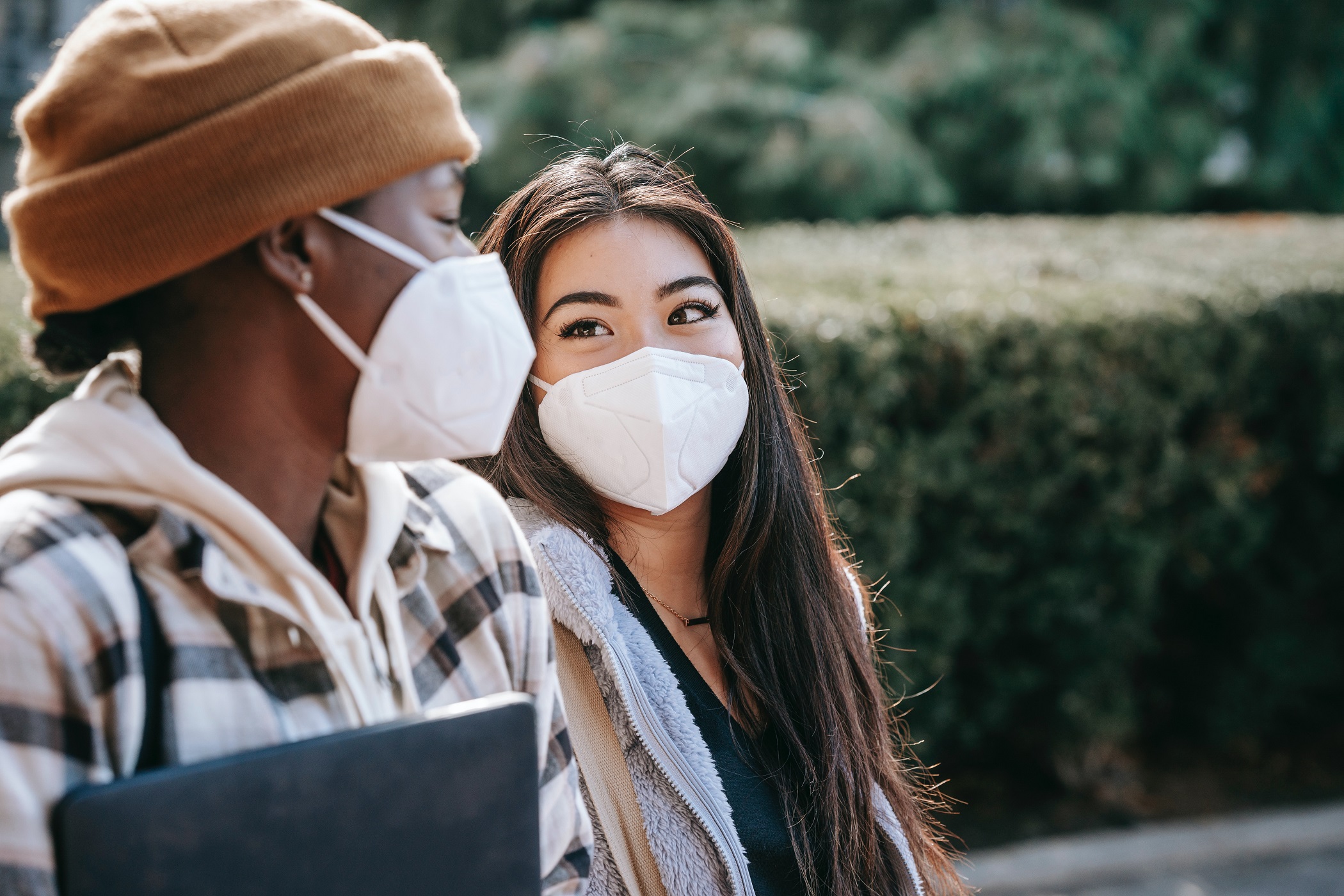The ECDC says that “the use of respirators in place of other types of face masks in the community is not considered currently justifiable“, taking into account “the potential costs and harms“. In its latest revision to the technical report examining the effectiveness of masks worn in the community in reducing SARS-CoV-2 transmission, the ECDC states that “the anticipated added value of the universal use of respirators in the community is currently considered very low“, and highlights a number of points:
- The effectiveness of respirators depends on their correct fit and use. If these are not adequate the efficiency is reduced.
- Breathability and comfort are reduced and skin problems are more frequent with this type of equipment, especially if worn for longer than recommended.
- Some respirators with an unprotected valve to facilitate exhalation do not prevent the release of respiratory particles from the wearer into the environment and as such may not be suitable as a means of control in the case of respiratory infections.
- The cost of respirators is significantly higher than that of face masks.
“The very limited scientific evidence regarding the use of respirators in the community does not support their mandatory use in place of other types of face masks in the community. Although respirators would not be expected to be inferior to non-medical or medical face masks, the difficulties to ensure their appropriate fitting and use in community settings as well as potential adverse effects related to lower breathability should be taken into account.”
Studies on the effectiveness of respirators
Respirators, N95 or PFF2, have increasingly been considered for use in the community, particularly since the emergence of the new allegedly more transmissible variants of SARS-CoV-2. Germany, France and Austria are some of the countries mandating the use of these models in the community. According to the report, the EDCD has not identified any RCT of the impact of respirators on community transmission of any respiratory infection in a pandemic.
One study in household settings, comparing respirators with medical face masks and with no mask for the prevention of influenza, did not show any difference in the incidence of infection between the groups using respirators and medical face masks
Other hospital/clinical studies show contradictory or statistically insignificant results when comparing respirators with medical masks, in an influenza-like illness scenario. Experimental studies suggest a better filtering capacity of respirators compared to medical masks, but there are numerous variables involved that may condition this effectiveness.
“Due to difficulties to ensure appropriate use and fitting of respirators when used in the community, any possible added value of respirators in preventing respiratory infections is expected to be lower in the community than in healthcare.”

ECDC stance on double masks
Recently the CDC updated its recommendations for the use of masks based on an experimental study, and suggested the use of two masks, one cloth mask over the cloth mask, and the placement of knots in the elastic bands near the mask. About this CDC recommendation and the study released by this agency, the ECDC report states that:
“The results of such experimental studies cannot be directly extrapolated to real-life situations as these options have not been shown to decrease the transmission of respiratory viral infections, nor are the face masks and other products used in such experiments representative of what is used in real life. Considerations about breathability when increasing the number of filtering layers also apply.”
Stance on wearing masks in the community
In its latest technical report, the ECDC maintains its recommendation that “face masks should be considered as a non-pharmaceutical intervention, in combination with other measures, in the efforts to control pandemic Covid-19“.
However, it goes on to assume that “the evidence regarding the effectiveness of medical face masks for the prevention of Covid-19 in the community is compatible with a small to moderate protective effect, but there are still significant uncertainties about the size of this effect. Evidence for the effectiveness of non-medical face masks, face shields/visors and respirators in the community is scarce and of very low certainty.“




